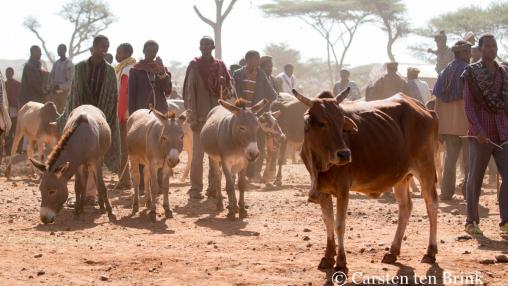
Food Insecurity Intensifies in Ethiopia
Despite improved rains at the end of April and beginning of May, Ethiopia is still expected to see worsening food security outcomes, according to a new alert released by FEWS Net.
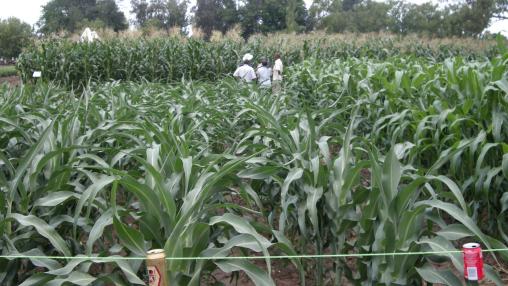
Sustainable Ag. Intensification
By 2050, FAO estimates that the global population will have reached 9.1 billion people. To feed this population, the world will need to produce significantly more food: 3 billion more tons of cereal and over 200 million more tons of meat products per year. At the same time, however, we face a lack of arable land upon which farmers can expand their production, as well as increasing competition for natural resources and decreasing soil fertility.
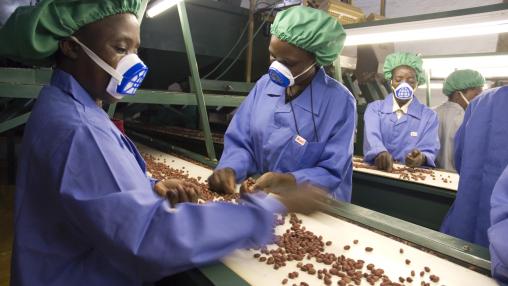
Understanding Post-Harvest Losses
According to FAO estimates, approximately 1.3 billion tonnes of food gets lost or wasted every year around the world. These losses occur all along the food value chain, from farm to fork, and understanding exactly where they occur for specific commodities and in specific geographic locations can go a long way in helping researchers and policymakers design interventions to reduce them. Such a reduction in food loss is an important part of the Sustainable Development Goals, specifically SDG12.
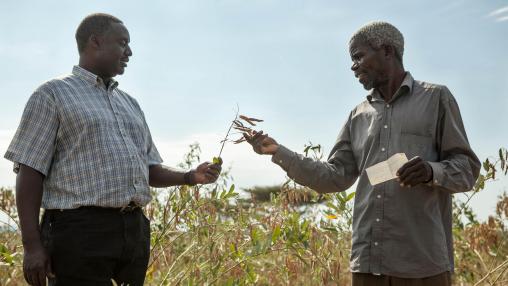
Agricultural Extension Services in Malawi
According to a new technical report from IFPRI’s Malawi Strategy Support Program (MSSP), despite the fact that Malawi has exceeded the 10 percent agricultural investment goal set forth by the CAADP, the country’s agricultural productivity has remained stagnant in recent years and food insecurity and undernutrition remain rampant.
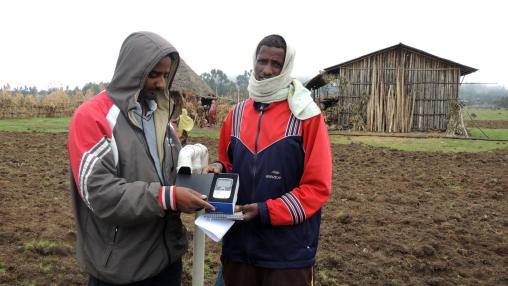
ICTs in African Agriculture
Over the past decade, both the scale of and the access to Information and Communication Technologies (ICTs) - including mobile phones, audio-visual communication, digital technologies, and internet services - have grown considerably in Africa south of the Sahara. The potential benefits of ICTs for the region’s agricultural sector, and its poor farming households, are especially important, as Africa south of the Sahara has the lowest rates of agricultural productivity and the highest rates of undernutrition in the world.
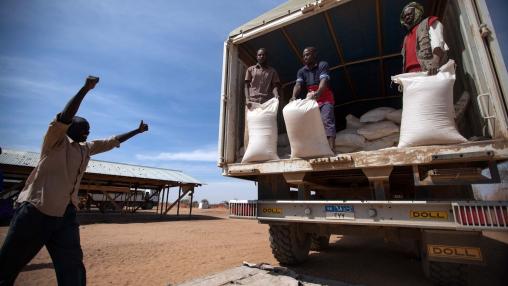
28 African Countries in Need of External Food Aid
Latest GIEWS External Food Assistance Report
According to the March 2017 edition of the GIEWS report on external food assistance needs , 28 countries in Africa are in need of food aid. The underlying factors driving the need for assistance vary and include lack of food availability, widespread lack of food access, and severe localized problems impacting food security. The GIEWS report is updated four times per year.
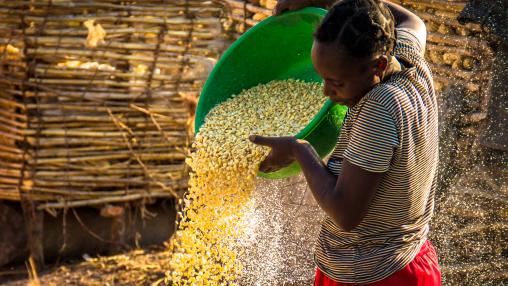
New GIEWS Country Briefs Released
FAO’s Global Information and Early Warning System (GIEWS) has recently released several new country briefs for the Africa South of the Sahara Food Security Portal’s prioritized countries. The country brief series provides information regarding countries’ current agricultural season and harvest prospects for main staple food crops, as well as estimates and forecasts of cereal production, cereal imports, and food prices and policy developments. This latest round of updates includes new information for Senegal , South Sudan , Nigeria , and Zambia .
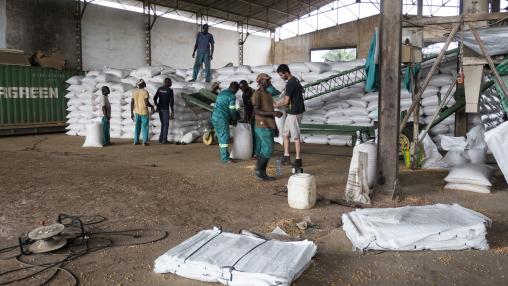
Regional Trade & High Potential Value Chains
Increased participation in high value global value chains can drive growth and help developing countries meet both their economic and their development goals. However, not all value chains are created equal, and countries’ abilities to participate in global value chains (GVCs) is determined by each chain’s specific characteristics and requirements.
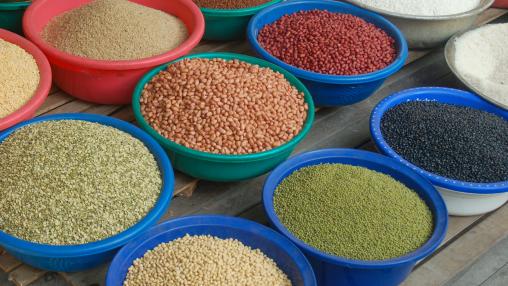
Measuring Kenya's Progress on Malabo Declaration Targets
At the African Union Summit in Malabo (Equatorial Guinea) in June 2014, African governments adopted the Malabo Declaration on Accelerated Agricultural Growth and Transformation for Shared Prosperity and Improved Livelihoods .
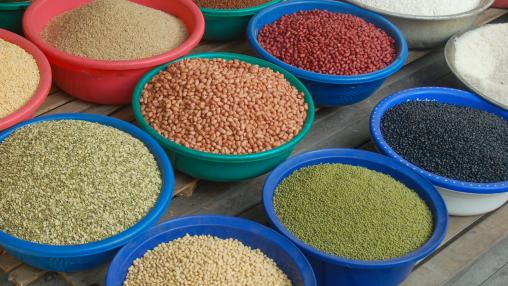
South Sudan and Somalia Facing Famine Conditions
New reports from FEWS Net and the Integrated Food Security Phase Classification (IPC) are highlighting the ongoing threat of famine in South Sudan. According to the IPC report, released on February 20, almost 5 million people are estimated to be in need of humanitarian food assistance; this accounts for 42 percent of South Sudan’s population. An estimated 100,000 people are facing localized famine conditions (IPC Phase 5-level food insecurity).